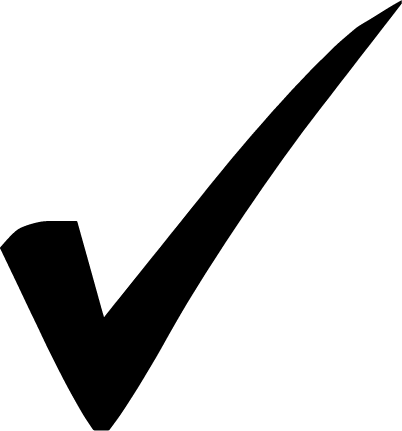From Subservience to Respect: The Truth About Bowing in Martial Arts

Though bowing is not a typical way of displaying respect in American culture. Anyone who has trained in just about any martial art will see the practitioners bowing at various times throughout the training session. But why are they bowing? Some people may not understand the meaning of bowing in the martial arts. Is it a sign of subservience? Inferiority? Self-deprecation? NO!
Bowing is anything but a gesture by one person saying that he or she is below the other! The purpose of bowing is a mutual gesture between two people but rather a one-sided action. It is actually a great insult for one person to bow and then the other person to not acknowledge or return the gesture. Bowing is a sign of mutual respect and humility.
Debunking Myths: The Significance of Bowing in Martial Arts Training
There are many times when a martial artist may bow. When one bows upon entering a Wing Chun kwoon (training area) they are not merely performing a training formality. They are demonstrating through a motion of their body. That he or she respects the environment into which they are entering. As well as the people with whom they are going to train.


In the Sifu Och Wing Chun kwoon, a student will bow to the Sifu, Coach, or Instructor showing mutual respect. They will both then bow to images of the elders from our Wing Chun lineage. (Ip Man, Ip Chun, Ip Ching, Moy Yat, Simon Lau, Grandmaster Swift, Wong Shun Leung, and Dr. Master Nelson). As a sign of the high regard for their devotion and self-sacrifice. So we may now have the opportunity to continue to learn their art of Wing Chun.
Bowing in the Martial Arts: A Necessary Element Misunderstood
The Sifu (teacher, father, master, mentor) of his own school should always be shown the greatest respect by his students. Why? He has made the dedication, and sacrifice to provide to you all the knowledge and skill they possess. A living legacy of the Wing Chun lineage handing down his knowledge first-hand.
Students at Sifu Och Wing Chun will remain in a Wing Chun hand salute position. Until Sifu has seen them so they may exchange the traditional salute and bow to each other. The student shows respect to his Sifu, and his Sifu returns the gesture to his student. Demonstrating the respectful bond between student and teacher.When leaving the kwoon, practitioners perform a bow and salute to show their respect.

Unlock the Hidden Significance of Bowing in Martial Arts: A Deep Dive into Tradition

Bowing in the martial arts not only expresses thanks, but it also demonstrates respect. If Sifu or a Sihing (student of a higher rank) is teaching, demonstrating, or correcting you, the student will often initiate the Wing Chun hand salute and bow as a sign of appreciation for the personal time given to the student. Sifu or the Sihing always returns the gesture to the student.
The Secret to Martial Arts Mastery: Why Bowing Matters More Than You Think
If training partners are going to spar, do reaction drills/wrist against wrist training, or Chi Sao, the Wing Chun students will perform the Wing Chun salute and bow both before and after they have worked with each other. This gesture also serves as a respectful acknowledgment when one student accidentally causes another student a small injury. In such cases, the offending student shows regret for his infraction by using the Wing Chun salute and bowing to his partner. Subsequently, the other student returns the gesture to indicate that all is forgiven and to signal that respect remains shared between them.
If you’re looking to improve your skills, learn from one of the best training academies in the Southeastern United States: Sifu Och Wing Chun Kung Fu Academy. Therefore, start your martial arts journey today! To get started, fill out our contact form to learn more about training with us. Don’t wait; instead, take the first step toward becoming a more confident and capable individual!

To get started, fill out our contact form to learn more about training with us.


